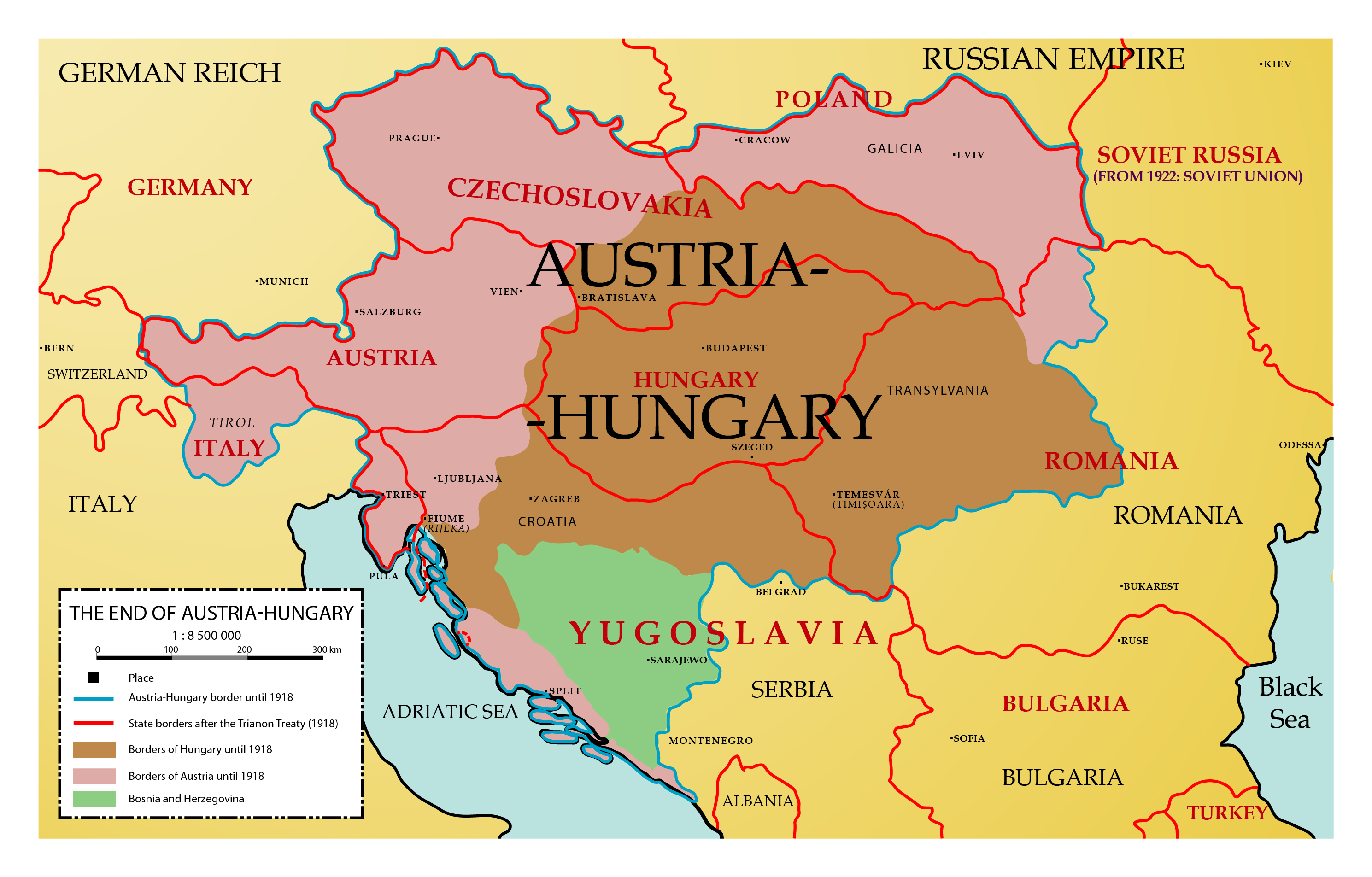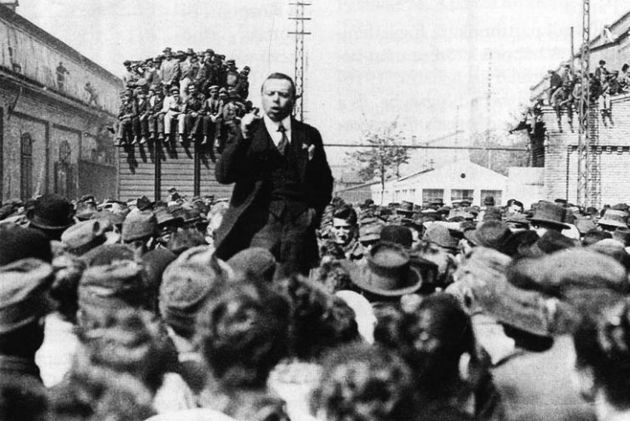After the First World War, as a result of the Treaty of Trianon, Hungary lost over 2/3 of her territories and almost as much of her population. Large Hungarian minorities now lived beyond the country’s borders: in southern Slovakia, Transylvania and Vojvodina (Banat and Bačka). This fact had a colossal impact on Hungarian foreign policy throughout the twenty-year interwar period, causing a constant search for solutions that would return to Hungary her previously significant position in Central Europe.


